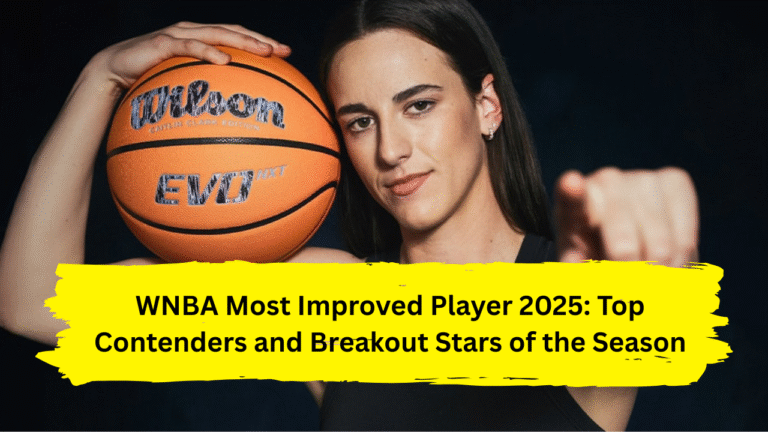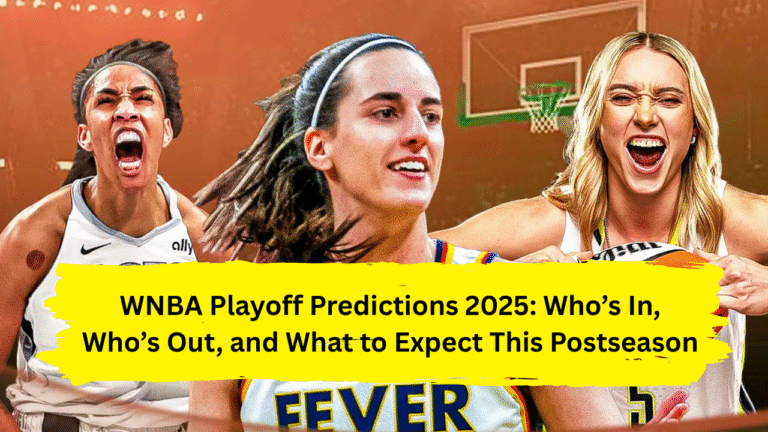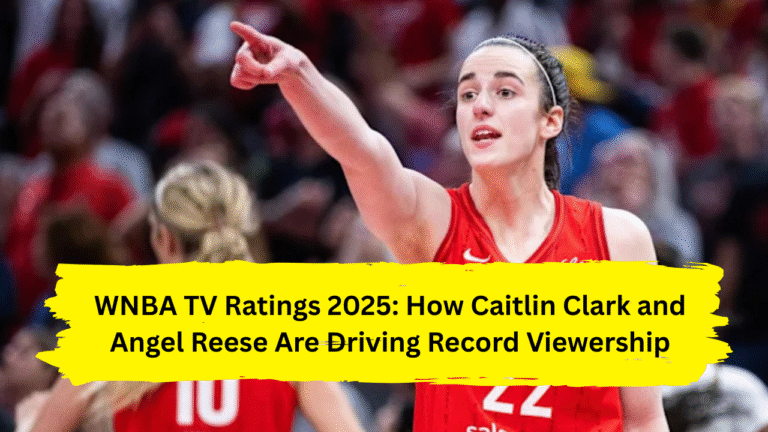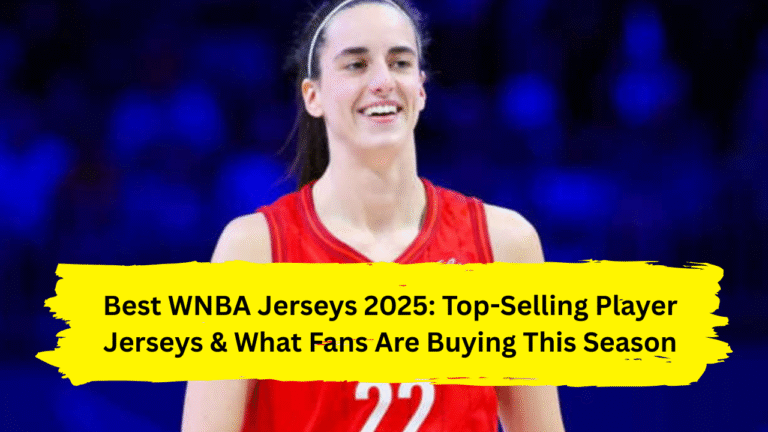
Did umpires cost the Dodgers the game against the Mets? We dissect the shocking calls, bizarre rules, and late-inning meltdown that fueled LA’s collapse. Relive the chaos and decide for yourself!
You’re bleeding Dodger blue. It’s the 10th inning, tension thicker than LA smog, and your $72 million reliever serves up another meatball. But beneath the surface of this 4-3 loss to the Mets simmers a darker question: did umpires cost the Dodgers the game? From a phantom foul ball to a rule so obscure it left broadcasters speechless, LA’s June collapse wasn’t just about Tanner Scott’s ERA—it was a perfect storm of MLB umpire controversy and Dodgers Mets rivalry chaos. We’re diving into the calls that left players baffled, fans raging, and a season-high crowd of 48,556 wondering if the rulebook itself is rigged .
The Unraveling: How the 10th Inning Exposed LA’s Fragile Psyche
Let’s start where the pain cuts deepest: Tanner Scott, the self-proclaimed “assassin,” now looking more like a ghost of his former self. With two on in the 10th, his 98-mph fastball drifted toward Francisco Alvarez like a beach ball at a barbecue. The result? A laser-beam double. Then Francisco Lindor—the Mets’ October ghost—pounced on another middle-middle mistake. Game over? Almost. But whispers of “what if” lingered. What if Andy Pages’ RBI single hadn’t been buried by stranded runners? What if that foul ball in May had been called correctly? The Tanner Scott struggles became the fuse, but the umpiring tinderbox ignited it .
The Bizarre Rulebook Gaffe That Stole a Run
Rewind to May 23. Juan Soto and Tyrone Taylor converge under a Mookie Betts fly ball. The ball kisses their gloves, Taylor barehands it, and ex-Met Michael Conforto bolts home. The Mets challenge: he left too early! Except MLB Rule 5.09(a)(1) states runners can advance once a fielder touches the ball—not when it’s secured. The call stood. Conforto scored. Even Apple TV’s announcers gaped like kids learning algebra. “You learn something new every day,” muttered ex-All-Star Dontrelle Willis. Former ump Brian Gorman clarified: outfielders could “juggle the ball all the way in” without freezing runners. For Dodgers fans, it felt like losing on a technicality .
The Phantom Foul Ball That Fueled the Fire
Just 24 hours later, another dagger. Dodgers catcher Dalton Rushing smashes a dribbler near home plate—clearly off his shin—but it’s ruled fair! Mets catcher Luis Torrens freezes, thinking it’s dead. Rushing reaches first, Tommy Edman scores. No challenge allowed. Why? Per MLB’s review rules, where a ball hits a batter isn’t reviewable. The Dodgers led 2-0 off a phantom foul. Mets manager Carlos Mendoza’s fury? Palpable. The Mets roared back with five unanswered runs, but the aftertaste lingered: umpires gifted LA a run. When your rival’s victory feels borrowed, the Dodgers Mets rivalry turns nuclear .
The Obstruction Call That Rewrote the Script
Fast-forward to May 24 again: Pete Alonso skies a sac fly. Starling Marte tags, Teoscar Hernández guns him down—but wait! Third base ump Tripp Gibson waves “obstruction” on Max Muncy. Why? Muncy blocked Marte’s view of the catch. Rule 6.01(h)(2) rewarded Marte home plate. Dave Roberts’ protest? Drowned by cold, hard text: fielders can’t “intentionally position themselves to block a runner’s view.” The Mets snatched a run without a hit. For Dodgers fans, it was déjà vu: umpires wielding rulebooks like scalpels .
The Human Cost: How Controversy Crushed Confidence
Umpire calls don’t exist in a vacuum. They metastasize. When Daniel Hudson nibbles around Alonso after that phantom foul, or when Blake Treinen overthinks a slider because Conforto’s “legal” run haunts him, you see it: the psychological warfare of doubt. After Monday’s loss, Dave Roberts admitted, “It stings a little bit more when you feel you’ve done enough to win.” Tanner Scott’s confession? Raw: “It’s happened too much. It’s frustrating.” When every borderline call feels like destiny’s thumb on the scale, players press. Swings get wild. Pitches miss spots. And a $300 million roster starts playing tight .
The Bigger Picture: Umpires in the Age of Analytics
Here’s the rub: MLB’s replay system fixes some mistakes, but not all. The “touch vs. catch” rule? Not reviewable. The foul ball off Rushing’s shin? Ineligible. We’re left with a paradox: more cameras than a Netflix set, yet outcomes hinge on rulings as opaque as a priest’s diary. Mets fans know this pain too—remember Pete Alonso’s 2024 “blocked plate” debacle? Until MLB expands review eligibility or simplifies its labyrinthine rulebook, fans will keep screaming into the void. And in a rivalry this fierce, every uncontested call becomes a grenade .
The Verdict: A Perfect Storm, Not a Conspiracy
So, did umpires cost the Dodgers the game against the Mets? Yes—but not alone. They were accomplices to Tanner Scott’s location amnesia, Shohei Ohtani’s stranded heroics (that 424-foot bomb deserved better!), and a lineup that went 2-for-11 with runners in scoring position. The three controversial calls—Conforto’s advance, Rushing’s foul ball, Muncy’s obstruction—directly gifted runs in a series decided by one combined run .
Yet baseball isn’t court. There’s no appeals process for cosmic injustice. The Dodgers’ path now? Fix what they control: bullpen command, clutch hitting, and maybe teaching Max Muncy the art of subtle evasion. Because in a season where 103 wins might be a wild-card ticket, every phantom foul ball could be the ghost that haunts October.
Agree? Furious? Sound off below—was this MLB umpire controversy or self-inflicted wounds?




